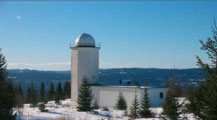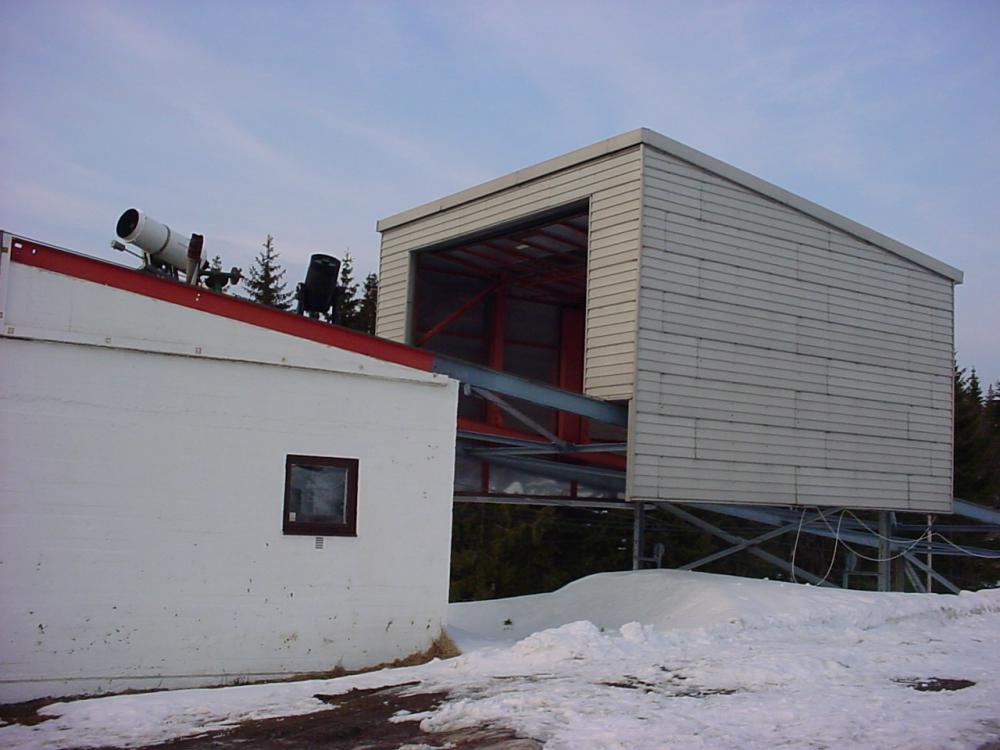
Category of Astronomical Heritage: tangible immovable
Christiania Observatory, Oslo, Norway

Description
Geographical position
Oslo University’s Astronomical Observatory in Christiania, Observatoriegata 1, Oslo, Norway
See also:
- Institute of Theoretical Astrophysics (ITA), Campus Blindern, 1934,
Sem S├ªlands vei 13, 0371 Oslo, Norway, 59.9386°N 10.7179°E - Solar Observatory (Solobservatoriet) in Harestua, 1954--1987
Location
Latitude 59°54’46’’ N, Longitude 10°43’5’’ E, Elevation ...m above mean sea level.
IAU observatory code
529
Description of (scientific/cultural/natural) heritage

Fig. 1. Astronomical Observatory (Observatoriet) of the University in Christiania, 1833 (Wikipedia CC4, Jan-Tore Egge)
Astronomical Observatory of the University in Christiania, 1833
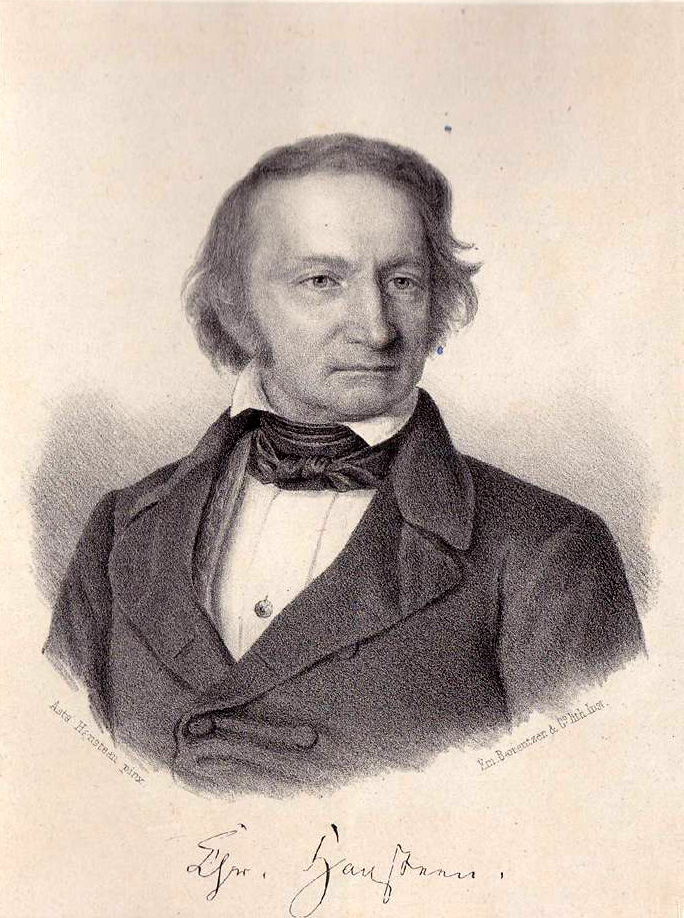
Fig. 2a. Christopher Hansteen (1784--1873) (Reise beretninger, 1859)
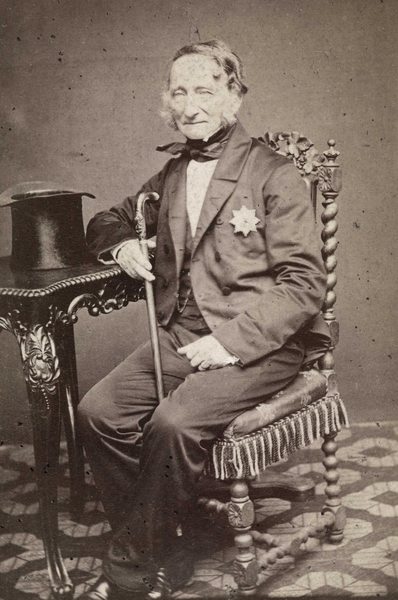
Fig. 2b. Christopher Hansteen (1784--1873), Carl Christian Wischmann, 1870s (Wikipedia CC4, Oslo Museum, OB F03404A)
- The first purpose was astronomy: to determine the geographical position of the observatory. In 1841, the latitude
- The next purpose was surveying and mapping of Norway (establishing an improved national geodetic net based on triangulation and astrogeodetic observations).
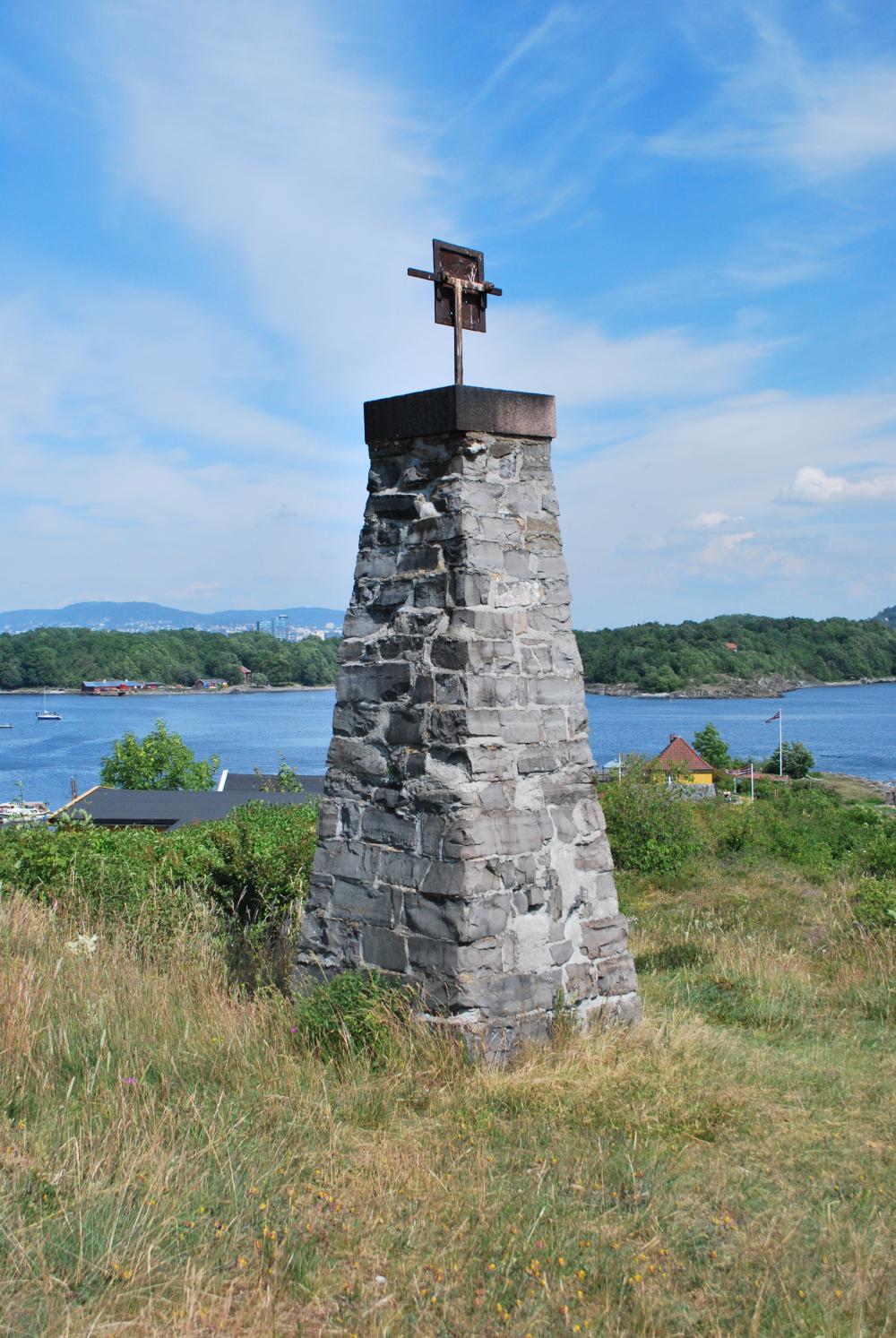
Fig. 3. Lindøya Sight mark -- Oslo-Meridian, 1833 (Wikipedia CC3, Helge-Høifødt)
- The astronomical activity was time keeping for the society and for navigation -- another important task. The time service provided the time via a time ball (Tidskuglen) from the observatory, but also from the Ekeberg Sjömandsskolen (1912, 1916-1922), Glasmagasin Oslo (1909), in addition from Bergen Sjomandsskolen, Horten/Oslofjord und Trondheim.

Fig. 4. Svein Rosselands hus, Institute of Theoretical Astrophysics (ITA), Campus Blindern, 1934 (Wikipedia)
Institute of Theoretical Astrophysics (ITA), Oslo Campus Blindern, 1934
In 1936, the first (natural) science buildings at Blindern Campus open - the style shows modern functionality, also called Svein Rosselands hus (astrofysikkbygningen, Institutt for teoretisk astrofysikk). The architects are Finn Bryn and Johan Ellefsen.
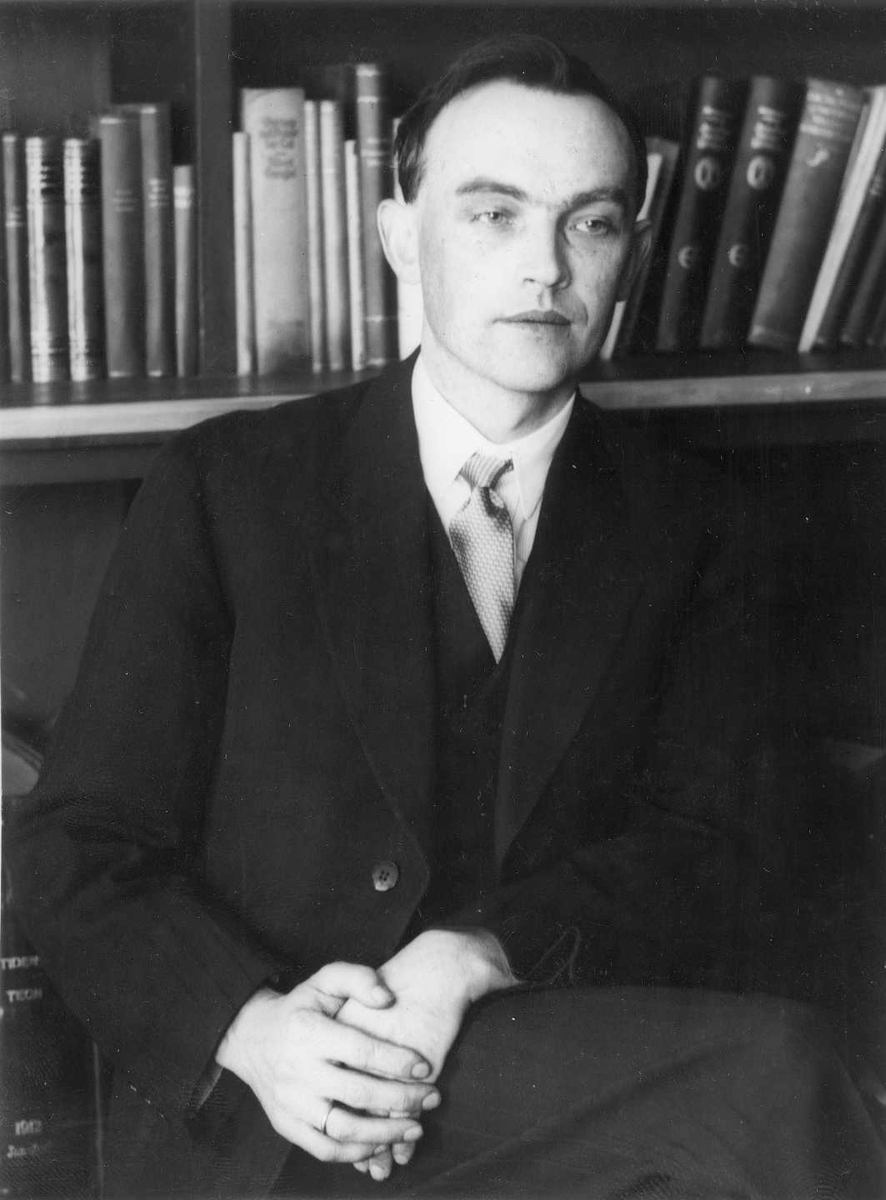
Fig. 5a. Svein Rosseland (1894--1985) (Wikipedia CC4, Oslo Museum, OB F06361a)
It is a research and teaching institute dedicated to astronomy, astrophysics and solar physics located at Campus Blindern, department of the Faculty of Mathematics and Natural Sciences at the University of Oslo. The building as well as the Oslo Differential Analyzer was financed in large parts by grants from the Rockefeller Foundation (Collett 1995, p. 33-36).
The institute housed the Oslo Differential Analyzer in its basement, used from 1938 until 1954.
The differential analyzer was constructed by the pioneer Vannevar Bush (1890--1974) at the Massachusetts Institute of Technology (MIT) in 1928/31 (Wildes & Lindgre 1986, p. 92); it could solve differential equations with as many as 18 independent variables (next step of development: Rockefeller Differential Analyzer (RDA), 1942).
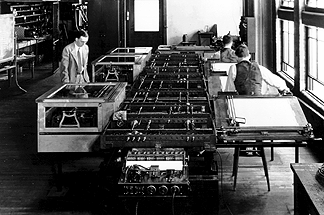
Fig. 5b. Vannevar Bush and his Differential Analyzer in 1931 (www.nww2m.com)
After Svein Rosseland had visited the MIT for several months in 1933, and studied Bush’s work, he developed the Oslo Differential Analyzer, an analog computer, between 1934 and 1938/42 (Ulmann 2013, p. 25, Holst (1996)). It had twelve integrators (the original MIT machine had six), and could calculate differential equations of the twelfth order, or two simultaneous equations of the sixth order.
It was the most powerful differential analyzer in the world for four years after its creation. When it was dismantled, sections of it were put on display at the Norwegian Museum of Science and Technology.
The Oslo differential analyzer was based on the same principles -- important for the new research field theoretical astrophysics.
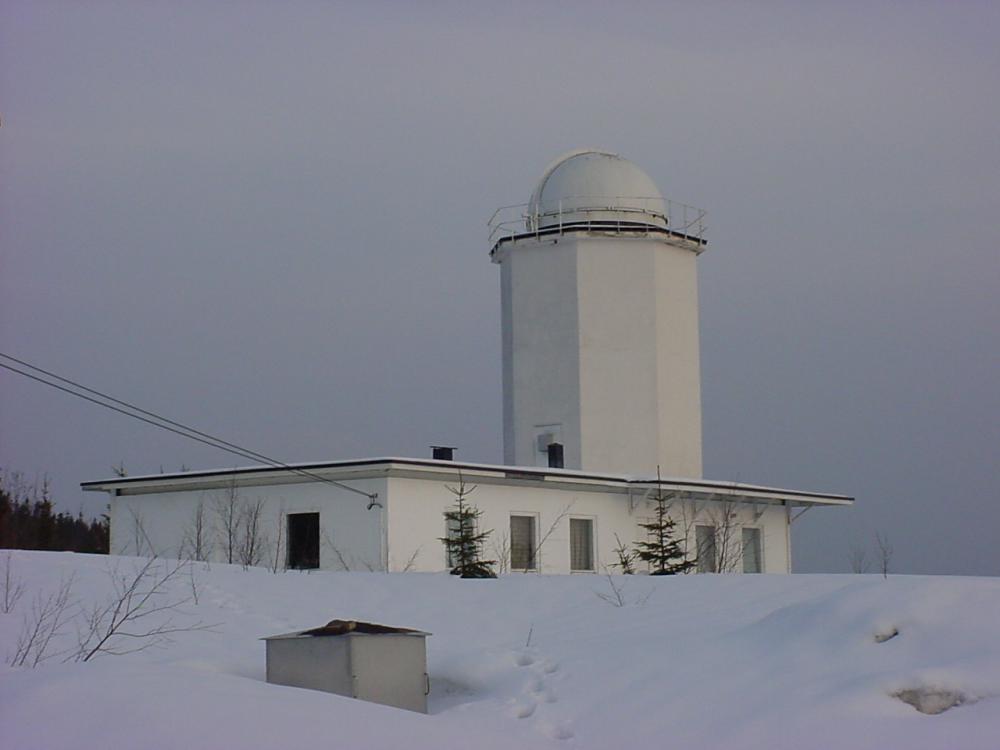
Fig. 6. Solar Observatory (Solobservatoriet) in Harestua, 1954--1987 (Wikipedia CC3, Hans-Olav Lien)
Solar Observatory (Solobservatoriet) in Harestua, 1954--1987
(www.solobservatoriet.no)
The Solar Observatory at Harestua is located 588m and is Norway’s largest astronomical facility. It was opened in 1954 and was used until 1986 for research on the Sun. The observatory is the only major scientific observatory in Norway and it was equipped with a very large solar telescope in a 20m high tower (12m above and 8m below the ground).
The place offers courses and heavenly experiences to people of all ages, especially school classes. The Solar Observatory has a number of binoculars, a large solar telescope and offers some of the best conditions for sky studies in the Oslo area. The Solar Observatory offers both heavenly experiences and cosmic replenishment.
Since 1987, the Solar Observatory has been a course information center in astronomy for the school system in particular and the public in general. It was run by the University of Oslo until 1.9.2008.
Today, the site is run by the Tycho Brahe Institute, which is a non-profit corporation.
Solar physicists at the Institute of Theoretical Astrophysics (ITA) have routinely been using the Swedish Solar Telescope since it saw first light in 2002.
History

Fig. 7a. Repsold Alt-Azimuth Refractor (photo: Kine Selbekk Ottersen)

Fig. 7b. Merz-Olsen refractor (photo: Bjørn Ragnvald Pettersen)
Instruments
- Surveying instruments
- Time keeping devices:
- Pendulum clock by Urban Jürgensen of Copenhagen (sidereal time, 1815/26)
- Chronometer No. 1365 by Johann Heinrich Kessels of Altona (1841)
- Pendulum clock by Urban Jürgensen of Copenhagen (sidereal time, 1815/26)
- Meridian marker on the island Lindøya in the Christiania Fjord, 2,7km south of the observatory
- Meridian Circle, objective lens by Fraunhofer of Munich (focal length of 163cm), Ertel of Munich (1826/28), mounted in 1834
- 3 feet vertical circle (diameter=94cm)
- Horizontal levelling device, A. & G. Repsold of Hamburg (1838)
- Four telescopes with optics by Merz of Munich, 1840 to 1882,
two with equatorial mountings by Merz, one by Repsold of Hamburg, one by Olsen of Oslo:- 11-cm-Alt-Azimuth Refractor, optics by Merz (delivered by Utzschneider), mounting by Johann Georg Repsold (1826/28), used on rooftop balcony
- Repsold equatorial refractor (1842), cf. Repsold 1914, Fig. 27.
- 19 cm f/17 Merz equatorial refractor, (1853/55), mounted in the north pavilion in 1857, used until 1908, then in University Library
- Merz/Christian H.G. Olsen Equatorial Refractor, mounted in the east pavilion in 1884
- 11-cm-Alt-Azimuth Refractor, optics by Merz (delivered by Utzschneider), mounting by Johann Georg Repsold (1826/28), used on rooftop balcony
- Oslo Differential Analyzer -- Svein Rosseland, 1934--1954 -- Institute of Theoretical Astrophysics (ITA), Oslo Campus Blindern
- Solar Tower (20m high tower) -- Solobservatoriet in Harestua, 1954
Directors
- 1834 to 1861, Christopher Hansteen (1784--1873)
- 1861 to 1890, Carl Frederik Fearnley (1818--1890)
- 1890 to 1919, Hans Geelmuyden (1844--1920)
- 1919 to 1927, Jens Fredrik Schroeter (1857--1927)
- 1928 to 1935 at the observatory, Svein Rosseland (1894--1985)
- 1935 to 1965 at ITA, Svein Rosseland
- 1997 to 2003, Mats Carlsson
- 2003 to 2012, Per Barth Lilje
- 2013 to 2017, Viggo Hansteen
- 2017 to 20.., Per Barth Lilje
State of preservation

Fig. 8. Oslo University Observatory overlooking Oslofjorden, Painting by Peter Christian Friderich Wergmann, 1837 (Wikipedia CC3, Rune Aakvik)
Until 1935, the building of Oslo University Observatory was equipped as an observatory, later it has been used for other purposes. Among other things, the Center for Ibsen Studies was located here in the years 2000--2010. On the occasion of the 200th anniversary of the University of Oslo, the building was restored. All instruments were returned after having been preserved at the Norwegian Technical Museum in 2010--2011.
Comparison with related/similar sites
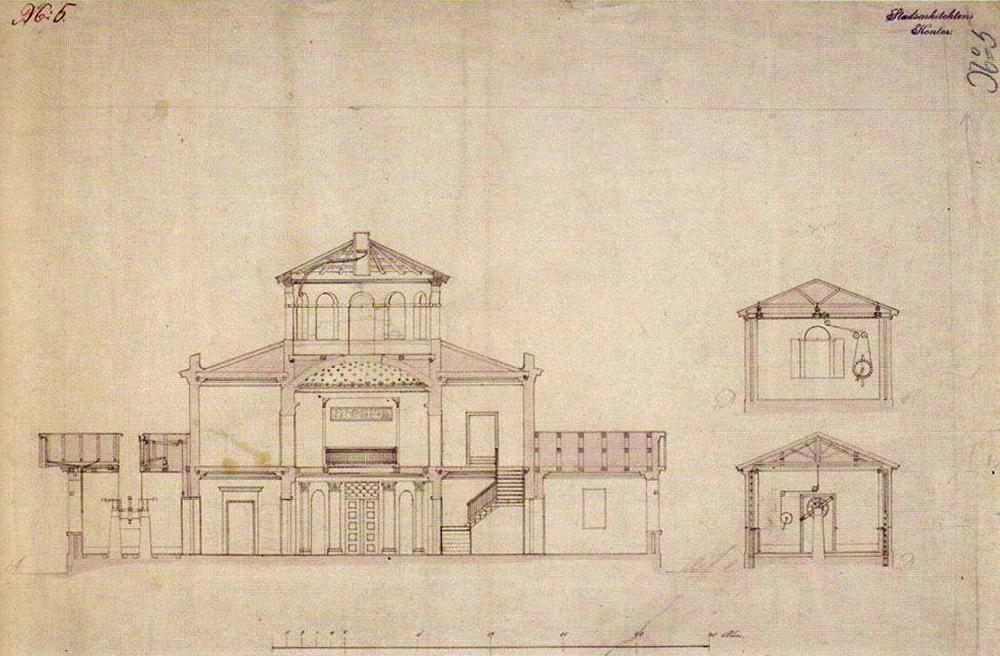
Fig. 9. Oslo University Observatory, drawing by Grosch, sent to Schumacher in 1859
Cf. the Observatory in Altona. Draft sent by Schumacher to Hansteen in 1827.
Threats or potential threats
no threats
Present use
The building is converted into a science center for schoolchildren in the Oslo area after the restoration.
Astronomical relevance today
Until 1935, the building was used as an observatory for astronomical research, since 1934,
the Institute of Theoretical Astrophysics (ITA), Campus Blindern, was used.
References
Bibliography (books and published articles)
- Aaserud, Finn: Gunnar Randers. Oral Histories -- American Institute of Physics (19 August 1986).
- Collett, John Peter: Making Sense of Space: the History of Norwegian Space Activities. Oslo: Scandinavian University Press 1995.
- Enebakk, Vidar & Bjørn Ragnvald Pettersen: Christopher Hansteen and the Observatory in Christiania. In: Wolfschmidt, Gudrun (ed.): Cultural Heritage of Astronomical Observatories -- From Classical Astronomy to Modern Astrophysics. Proceedings of International ICOMOS Symposium in Hamburg, October 14--17, 2008. Berlin: hendrik Bäßler-Verlag (Monuments and Sites XVIII) 2009, p. 260--273.
- Hansteen, J.M.: Christopher Hansteen (1784--1984). En pioner i norsk universitetsmiljø. In: I Fysisk tidsskrift 82 (1984), p. 138--142.
- Holst, P.A.: Svein Rosseland and the Oslo Analyzer. In: IEEE Annals of the History of Computing 18 (October-December 1996), 4, p. 16--26 (doi:10.1109/85.539912).
- Pettersen, Bjørn Ragnvald: Merz telescopes at the University Observatory in Christiania, Norway. In: Journal of Astronomical History and Heritage 22 (2019), No. 1, p. 65--77 (2019JAHH...22...65P).
- Pettersen, Bjørn Ragnvald: Christopher Hansteen and the first observatory at the University of Oslo, 1815-28. In: Journal of Astronomical History and Heritage 5 (2002), No. 2, p. 123--134
(2002JAHH....5..123P). - Repsold, Johann Adolf: Zur Geschichte der Astronomischen Messwerkzeuge von 1830 bis um 1900. Zweiter Band. Leipzig: Verlag von Emmanuel Reinicke 1914.
- Stenflo, J.O.: Establishment of the LEST (Large European Solar Telescope) Foundation. In: Solar Physics 87 (1983), 2, p. 419 (Bibcode:1983SoPh...87..419S). (doi:10.1007/BF00224850).
- Ulmann, Bernd: Analog Computing. Munich: De Gruyter 2013.
- Wildes, Karl L. & Nilo A. Lindgre: A Century of Electrical Engineering and Computer Science at MIT, 1882--1982. Boston: MIT Press 1986.
- Wolfschmidt, Gudrun (ed.): Vom Magnetismus zur Elektrodynamik. Herausgegeben anläßlich des 200. Geburtstages von Wilhelm Weber (1804--1891) und des 150. Todestages von Carl Friedrich Gauß (1777--1855). Katalog zur Ausstellung in der Staatsbibliothek Hamburg, 3. März bis 2. April 2005. Mit Beiträgen von Karl-Heinrich Wiederkehr, Andre Koch Torres Assis und Horst Wildt. Hamburg: Schwerpunkt Geschichte der Naturwissenschaften 2005.
Links to external sites
- University of Oslo, Highlights from UiO’s History
- Solar Observatory (Solobservatoriet) in Harestua
- Stubhaug, Arild: Christopher Hansteen, Norsk Biografisk Leksikon 1999-2005.
- Finstad, Jøril: Management Plan for Protected Building BL26 SVEIN ROSSELANDS HUS, The Norwegian Defence Estates Agency (December 2015).
- Oslo Differential Analyzer.
- Svein Rosseland and the Oslo Analyzer.
- Vannevar Bush and his Differential Analyzer in 1931.
- Zeitsignale: Zeitbälle oder Zeitkanonen -- Time signals: Time Balls and Time Guns.
Links to external on-line pictures
no information available
No multimedia content published
Currently there is no multimedia content published for this case study















